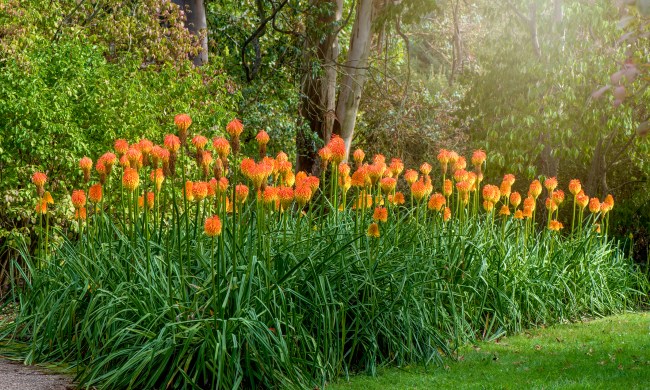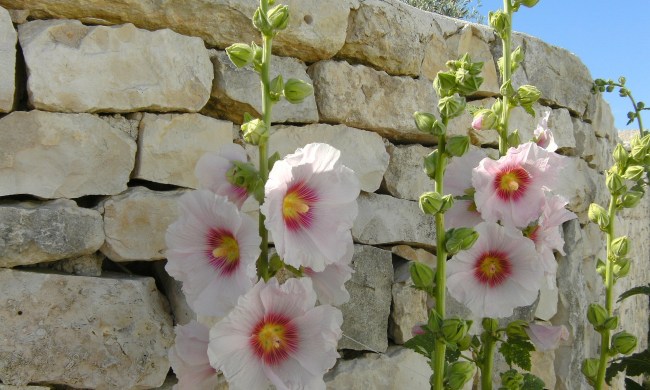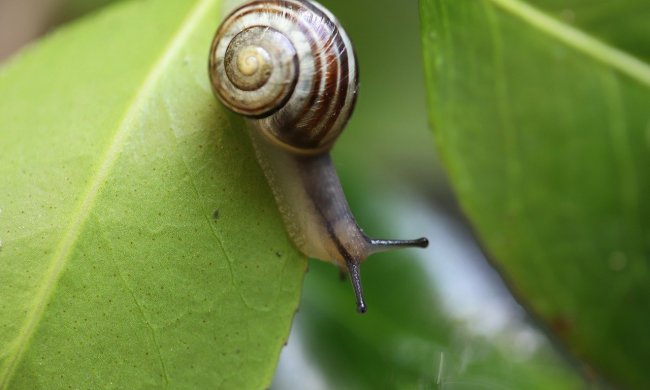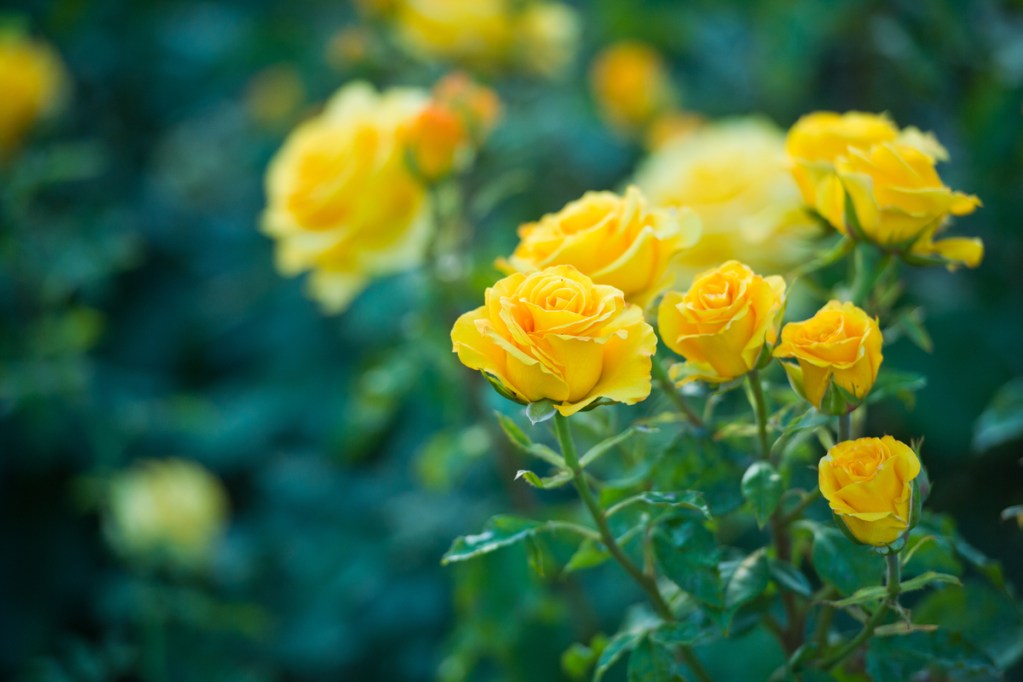
Roses are among the most iconic flowers. No matter the form, size, or color they take, roses are easily recognizable and beautiful. Whether they’re in a bouquet or growing in your garden, roses are a standout flower. However, roses come in more forms than you might think.
From the classic rose bush to the tiny miniature roses or elegant climbing roses, this guide to types of roses will cover seven roses you should know about. Adding one or more of these roses to your home or garden is sure to be an instant hit.
Cabbage roses
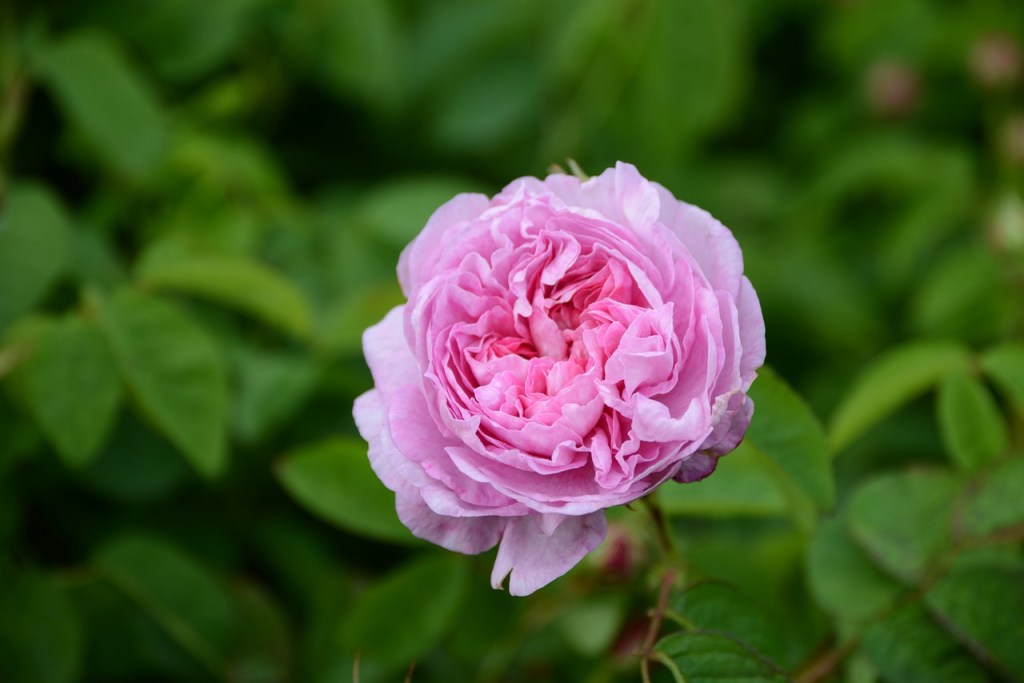
Cabbage roses get their name from the shape of their flowers, which are round and fluffy like a head of cabbage. The flowers also somewhat resemble peonies, and growing the two together makes for a lovely display. This hybrid rose is also sometimes called by its botanical name, centifolia.
Cabbage rose bushes can grow several feet tall, so be sure to space them accordingly when planting. If you’re a fan of heirloom plants, this is a great rose to choose. While they are easiest to find in shades of pink, cabbage rose varieties can also bloom in shades of red, yellow, and white.
Chinese roses

Chinese roses, also sometimes called China roses, are, as the name suggests, native to China. These beautiful roses grow in hedges, with a height and spread of 5 to 8 feet. If you’re looking for types of roses to grow as a privacy hedge, then Chinese roses may be the right flower for you.
The roses bloom in groups rather than single stems, so your hedge will be dotted with lovely roses. Keep in mind that, as with any hedge, extra pruning is necessary to keep it from growing wild and to provide adequate airflow.
Hybrid tea roses

Hybrid tea roses are any rose species or variety that is a hybrid of a tea rose (Rosa odorata) and another type of rose. These types of roses are hardy and classy, and they are often repeat bloomers. Hybrid tea roses come in almost every color, size, and shape, making them a versatile option.
Additionally, these roses are popular, making them easy to find in practically any nursery. Hybrid tea roses are also a great choice if you enjoy cut flower displays or homemade flower bouquets. Their flowers look lovely on and off the plant, and their tendency to bloom again means you’ll likely have new roses growing to replace the ones you take.
Climbing roses

Climbing roses grow on long vine-like canes that can climb or trail over a trellis or wall. These canes can be kept short through pruning, or they can be trained to grow over tall structures, making them more versatile than some types of roses. There are many varieties of climbing roses, with a wide array of colors and patterns.
These roses are perfect for vertical gardens, but they’ll be just as happy twinning around a fence or sprawling across your lawn. Unlike most of the other types of roses on this list, climbing roses don’t belong to a single rose species. Many popular rose species, including hybrid tea roses, Chinese roses, and Damask roses, have some climbing varieties.
Grandiflora roses

Grandiflora roses are the perfect choice if you want big, beautiful flowers to put on display. Whether they’re on the bush or in a vase, grandiflora roses are show stoppers. The flowers bloom on long stems that make them stand out against the plant’s foliage. It also makes them easy to cut for bouquets or decorations.
The flowers can bloom on their own, one rose per stem, or in small clusters of three to five roses per stem. You can find grandiflora roses in practically any color, including variegated or multicolor. They closely resemble floribunda roses, but are typically hardier.
Miniature roses
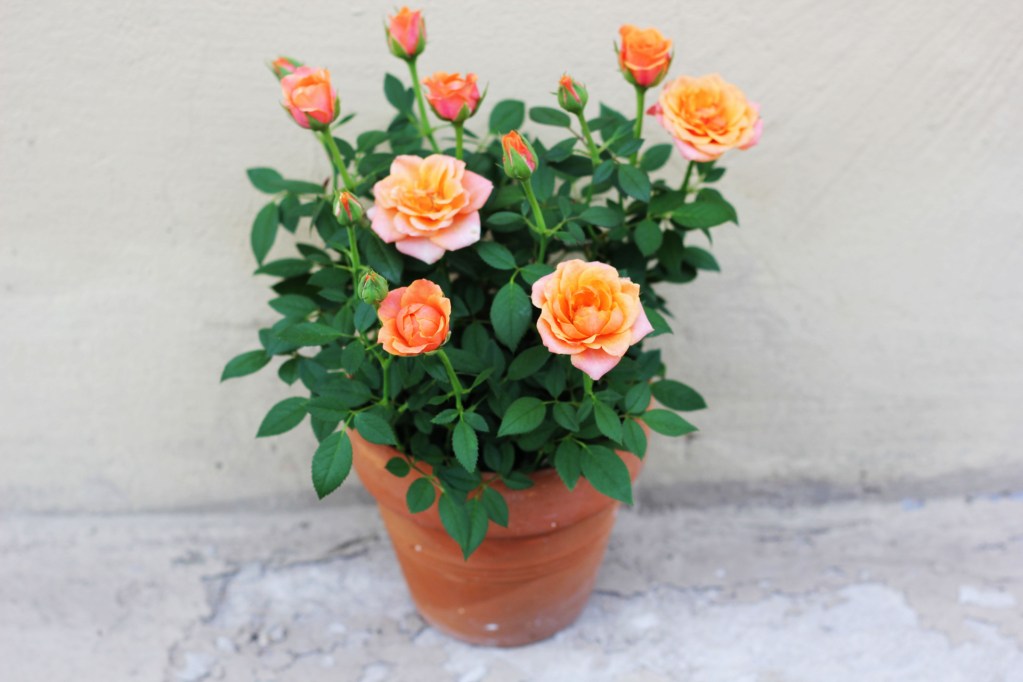
Miniature roses, similarly to climbing roses, do not belong to a single rose species. Instead, this type of rose is defined by its characteristics. Miniature roses stay small, typically under 3 feet, and are excellent for container gardens. They also make lovely accents for larger garden plants.
You can find both shrub and climbing roses available in miniature form, and they can easily grow indoors. If you’re looking for a rose plant to fit on a patio or beside a window, then miniature roses are the way to go.
Damask roses

Damask roses are an old hybrid rose species that was created by crossing French roses with musk roses. These roses are known for having extremely soft petals. The flowers are typically pink, although the shade can vary from rose to rose. Damask roses aren’t just prized for their beauty, though.
These are also the roses most commonly used to make rose-scented perfumes, and their flowers smell just as lovely as the perfumes made from them. Their soft petals and strong scent make them a perfect choice for a sensory garden, but you’ll need to be careful of their thorns.
There are so many wonderful types of roses that we couldn’t possibly list all of them, but these seven are an excellent place to start. Whether you’re looking for a single rose plant to add to your home or garden or want to fill every available space with beautiful roses, one of these types of roses is sure to fit your needs. Now you’re ready to choose what types of roses you want and start gardening.

